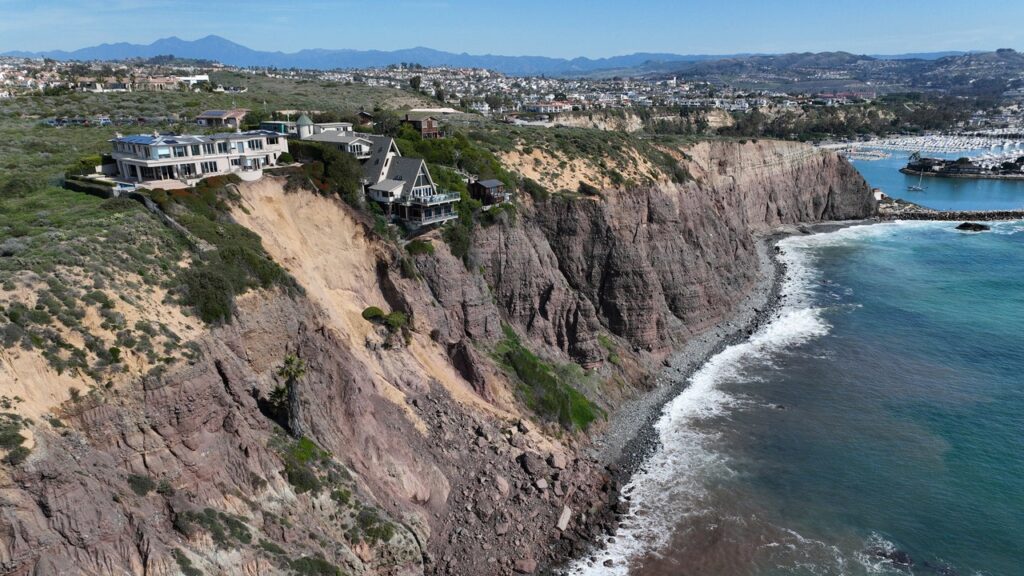The Real Estate Paradox: Luxury Homes Flourish Amid Climate Risks
Understanding Climate Perceptions in America
Recent statistics from the Yale Program on Climate Change Communication reveal that 72% of Americans perceive global warming as a current threat. However, only 46% believe it will directly affect them. This discrepancy highlights a crucial gap in personal understanding and accountability regarding climate change impacts. Michael Berkowitz, the Executive Director of the University of Miami’s Climate Resilience Academy, emphasizes that while awareness is increasing, there is still significant room for improvement in personal internalization of these issues.
Coastal Dilemmas: The Miami Real Estate Market
The Rising Tide
Florida, particularly Miami-Dade and Broward counties, presents a unique case. With an average elevation of just six feet, these areas face dire predictions; by 2060, it’s expected that 60% of the land will be submerged due to rising sea levels. Chronic tidal flooding, often referred to as sunny day flooding, has surged by over 400% since 2006 due to aggravated storm surges and higher tides. Despite these alarming statistics, the luxury real estate market continues to thrive.
Demand Surges Amidst Danger
Douglas Elliman realtor Dina Goldentayer, with over $2 billion in sales since 2021, highlights the overwhelming interest from affluent buyers. "Prices in Miami Beach are now double what they were pre-pandemic." Wealthy individuals still opt for coastal homes, prioritizing location over climate risks.
- Key Factors for Buyers:
- Education systems for children.
- Accessibility for watercraft.
- Favorable state economic policies.
Goldentayer notes, “Miami residents typically own properties for three to five years,” suggesting a transactional mindset rather than long-term sustainability considerations.
Educating Buyers: A Realtor’s Responsibility
Chad Carroll, a realtor specializing in ultra-luxury homes, asserts the importance of educating clients about climate change. He maintains that discussions regarding rising water and city measures, such as improved drainage systems, are vital. Yet, many clients remain unconcerned unless properties are below the floodplain.
The Short-Sighted Approach
Berkowitz warns against this dismissive view. He emphasizes that merely raising sea walls or implementing pump systems will not suffice as sea levels rise. The porous nature of Miami’s limestone means that water seeping through the ground remains a significant threat.
California’s Cautionary Tale: A Shift in Perspective
On the West Coast, luxury buyers in California are approaching real estate with increasing caution. A Redfin survey indicates that more individuals are moving out of high-risk fire zones than ever before. In Los Angeles, ongoing discussions about insurability and climate-related insurance challenges underscore a growing concern among high-end buyers:
- Buyers query about:
- Structural safety against seismic activity.
- Insurance costs, particularly as many companies exit markets following frequent environmental disasters.
This cautious awareness comes in light of incidents like three multimillion-dollar homes in Dana Point nearing the ocean’s edge, highlighting the tangible threats posed by climate change.
Conclusion: A Need for Long-term Vision
With climate change posing undeniable risks, the demand for luxury homes in high-risk areas raises questions about long-term viability and the responsibility of buyers and realtors alike. As Berkowitz posits, understanding and adapting to these changes is crucial for making informed decisions in an unpredictable climate landscape.
For more insights on climate change impacts and how communities are responding, explore Yale Program on Climate Change Communication.


